Biophilic Design: Integrating Nature into Interiors
Biophilic design represents a harmonious fusion between the built environment and the natural world, reinvigorating interiors with the sights, textures, and energy of nature. This approach goes beyond mere decoration, aiming to reconnect people with nature and enhance their overall well-being inside homes, offices, and public spaces. Through strategic design choices, biophilic principles foster emotional, psychological, and physical health by letting natural elements and processes shape indoor experiences. Embracing biophilic design is not just a trend but a transformative movement toward more restorative and inspiring environments.
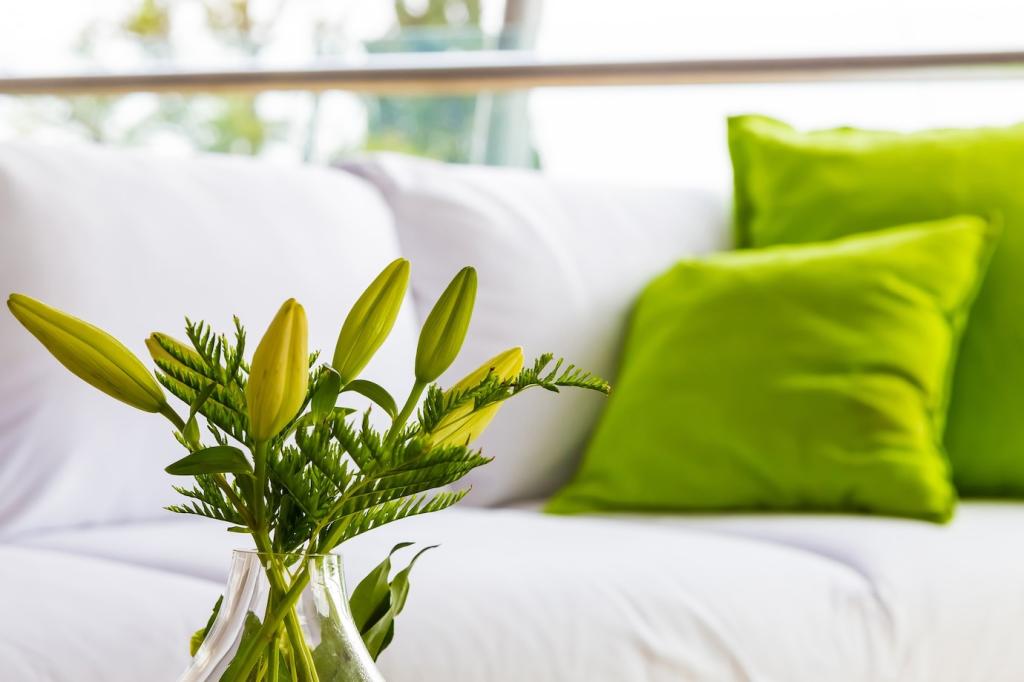
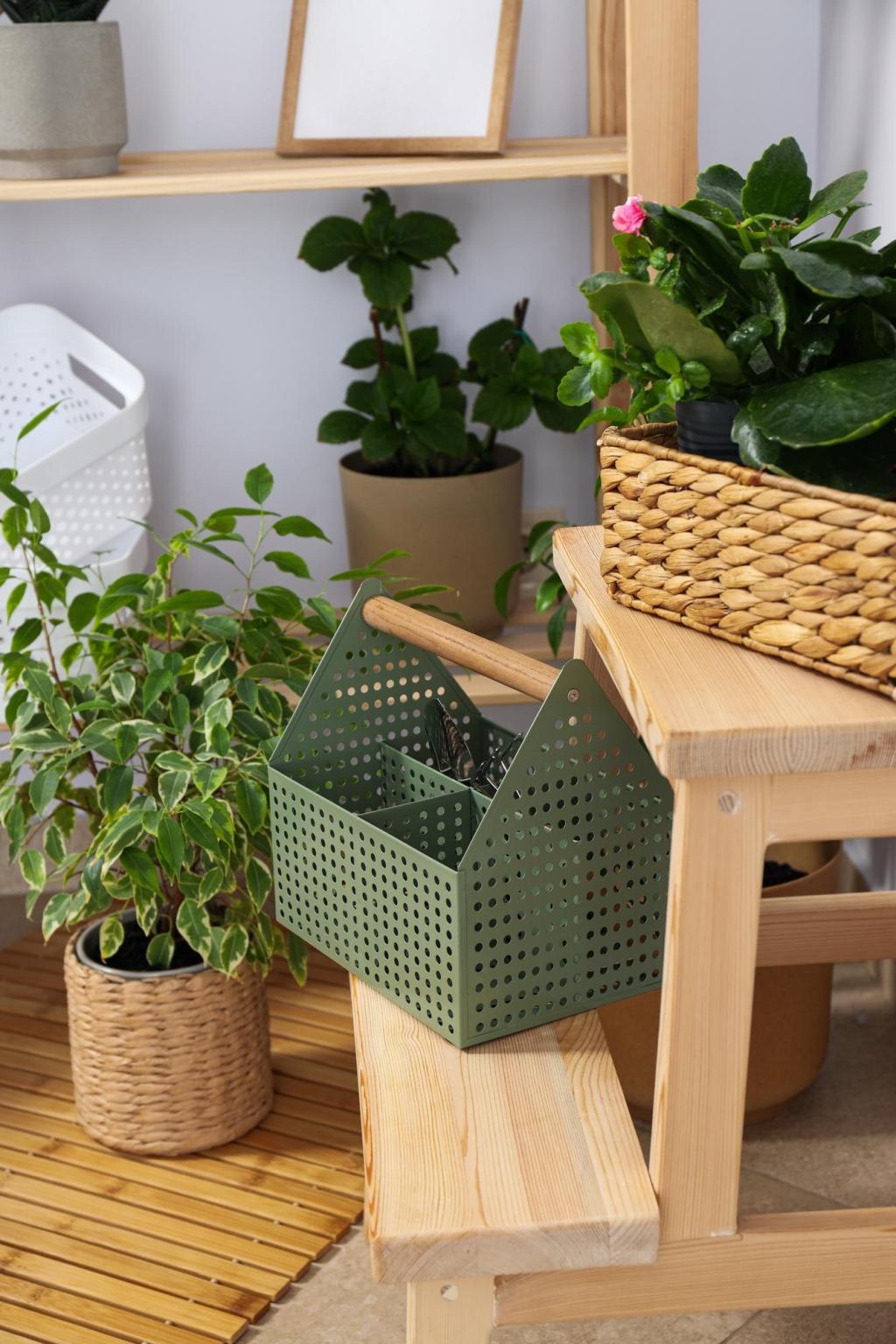
Embracing Natural Elements
Introducing natural elements like wood, stone, water, and plant life is central to biophilic design. Materials with organic textures, vibrant greenery, and flowing water features stimulate the senses and evoke a feeling of being outdoors. This direct connection to nature fosters calm and reduces stress, transforming indoor environments into tranquil retreats that nurture well-being and creativity.
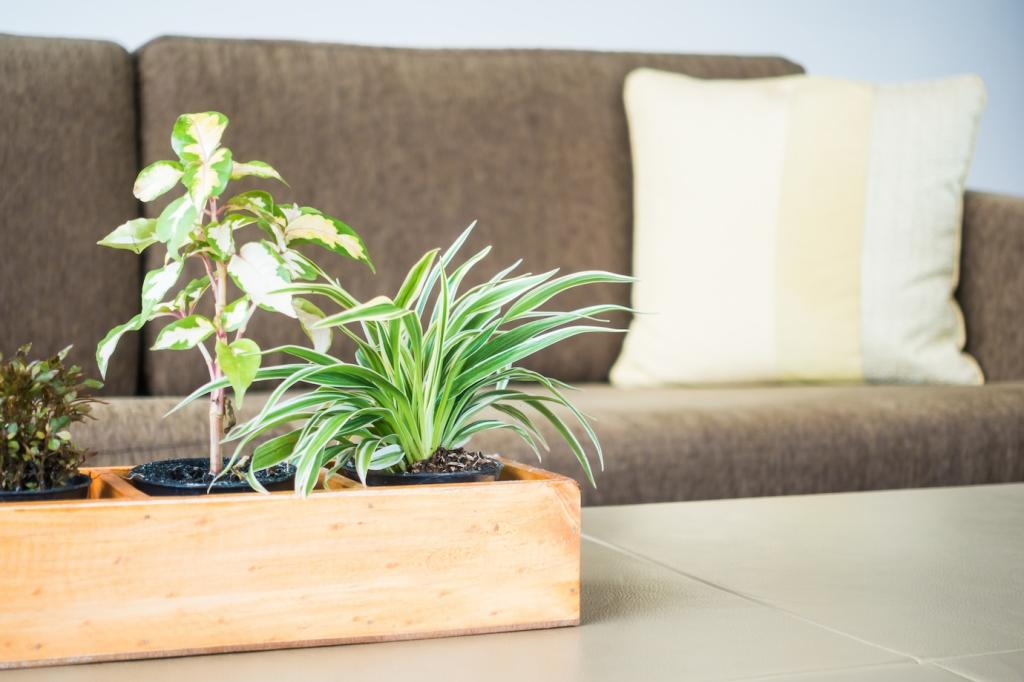
Maximizing Natural Light
Light is a critical component of biophilic design, as it regulates circadian rhythms and enhances mood. Designing interiors to maximize daylight through large windows, skylights, and glass walls establishes a direct interplay between interior spaces and the changing qualities of sunlight. This not only illuminates rooms but also creates dynamic, ever-changing atmospheres that adapt to the time of day and seasons, reinforcing the natural cycle within built environments.
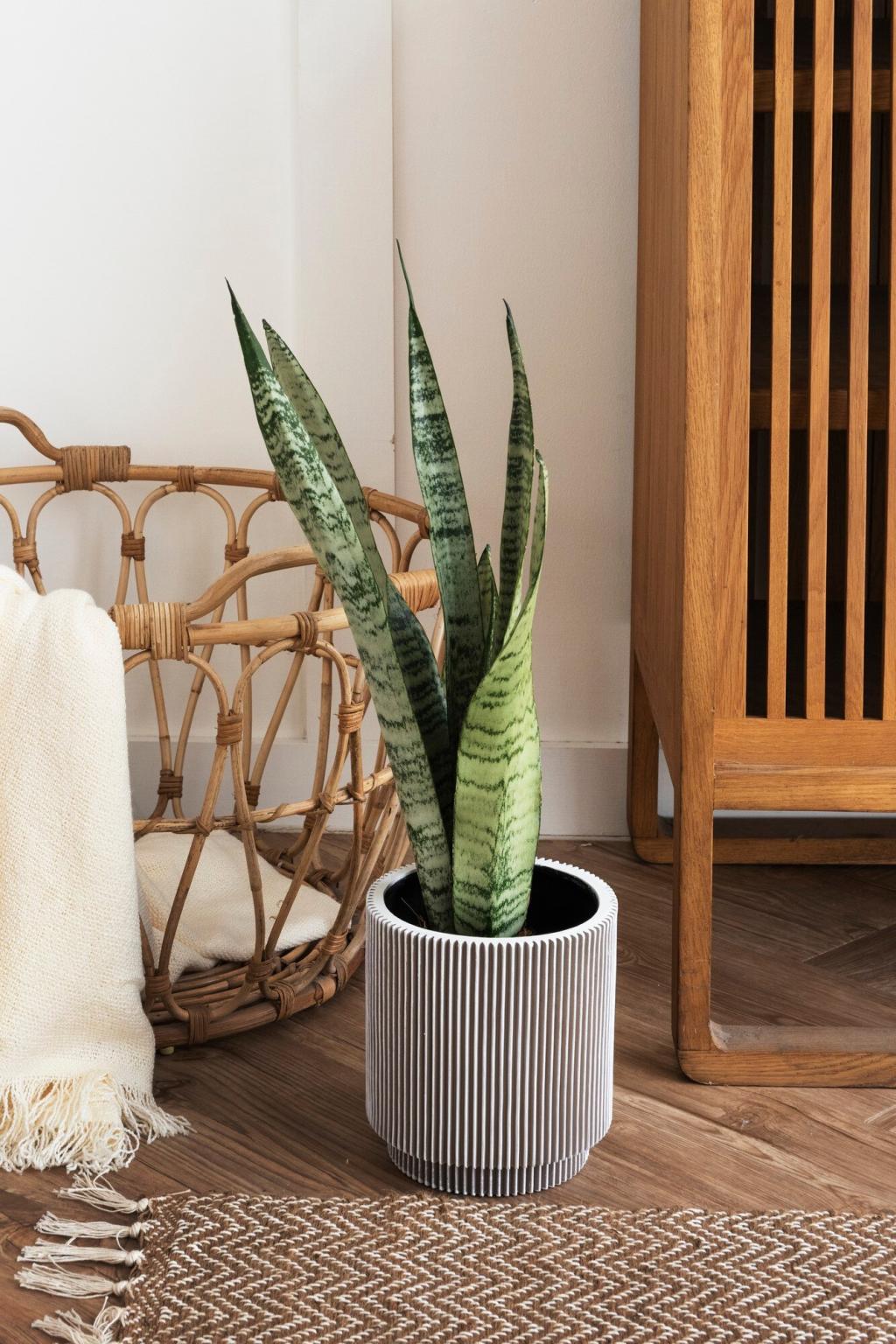
Incorporating Organic Forms and Patterns
Nature abounds with irregular, intricate patterns and flowing forms. Biophilic design integrates these motifs through furnishings, textiles, and architectural details that mimic the curves of leaves, ripples of water, or fractals found in tree branches. Such pattern language invites the mind to wander and relax, reflecting our natural inclination to find comfort and interest in complexity and unpredictability.
Enhancing Mental Health
Spaces that integrate natural elements are proven to reduce anxiety, improve mood, and promote a sense of tranquility. Exposure to greenery and natural views has been linked to lower levels of stress hormones and an increase in feelings of happiness. In environments such as workplaces or healthcare facilities, these positive psychological effects translate into fewer sick days and greater overall satisfaction.
Boosting Physical Health
Indoor environments with biophilic features can support physical well-being in numerous ways. Improved air quality from indoor plants, reduced exposure to harmful synthetic materials, and increased access to daylight can all contribute to fewer respiratory issues and enhanced immune function. These physical benefits are essential for cultivating spaces where people not only feel good but also thrive.
Improving Focus and Creativity
Workplaces and learning environments designed with biophilic principles see measurable gains in focus, creativity, and cognitive performance. Natural light and views of greenery help reduce mental fatigue, while organic forms stimulate imaginative thinking. This results in enhanced problem-solving, greater productivity, and a renewed sense of energy—qualities that are vital in our fast-paced, modern world.
Previous slide
Next slide
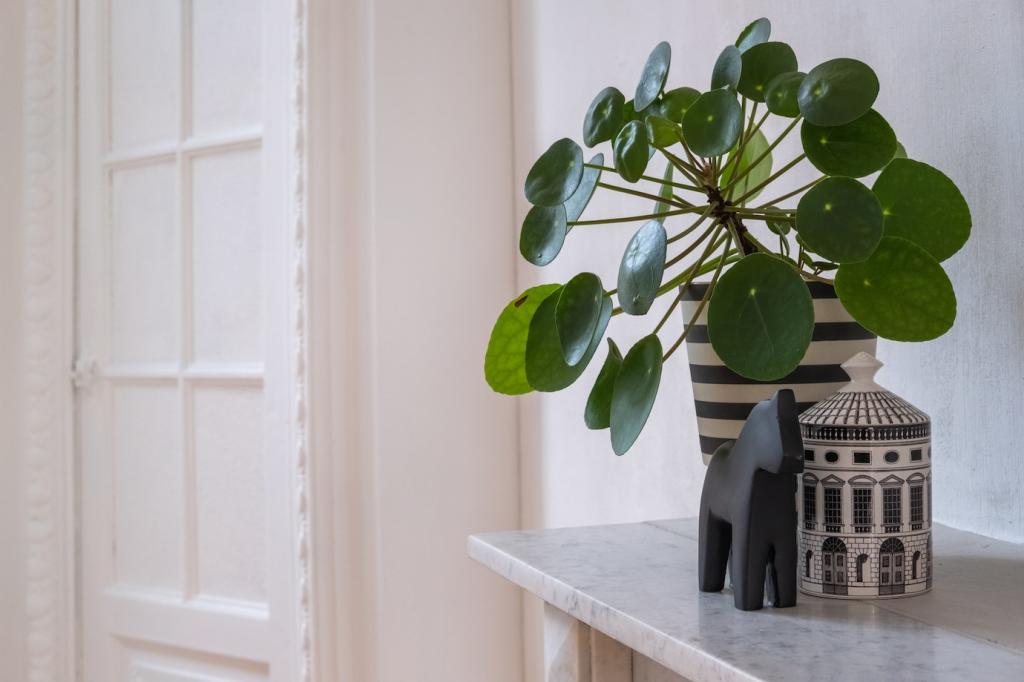
Strategies for Integrating Nature Indoors
A holistic approach to indoor greenery involves more than isolated houseplants. Green walls, vertical planters, and indoor trees create immersive, living landscapes that change and evolve over time. By designing with multiple plant species and heights, spaces come alive, providing cleaner air and a soothing visual connection to botanical diversity found in the world outside.
